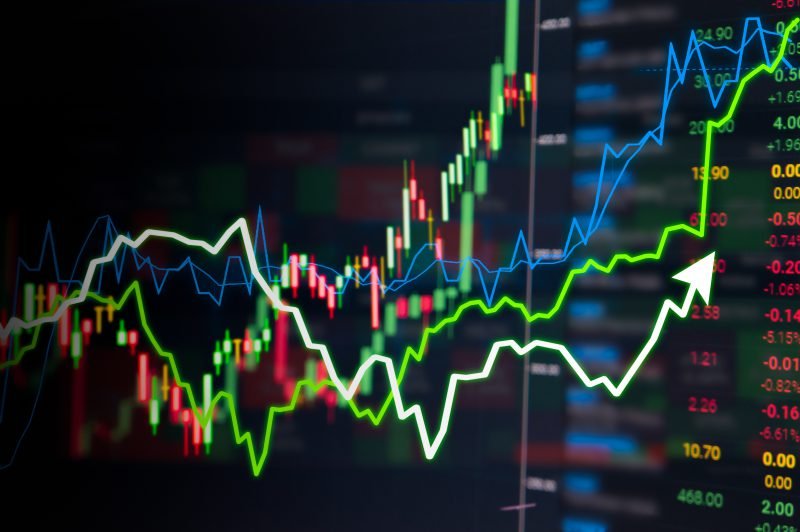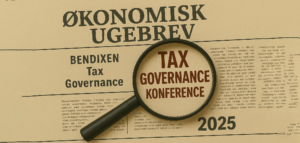Tilstrømningen i ESG fonde (ETF) er steget markant de seneste år og måneder. Men er denne kapitaltilstrømning blevet en selvopfyldende profeti, der skaber en ESG-boble? Nej, mener MSCI
I løbet af de sidste fire år er tilstrømningen til ESG-fonde steget. F.eks. er væksten i ETF’er, der sporer MSCI ESG-indekser, steget kraftigt målt i antal ETF’er og aktiver under forvaltning.
Fra etfstrategy.com:
This trend accelerated in the first nine months of 2020, despite, or perhaps because of, the COVID-19 crisis: During the first half of 2020, all major MSCI ACWI ESG indexes outperformed the MSCI ACWI, which covers large- and mid-cap securities in both developed and emerging markets. Previous research by MSCI showed this outperformance was partially due to equity style factors such as low volatility and quality and — after controlling for other factors — exposure to the ESG factor.
This outperformance during the pandemic has added to the track record of these indexes, as can be seen in the exhibit below, which displays the longest available history for major MSCI ESG global equity indexes compared to MSCI ACWI.

Source: MSCI.
But have the acceleration of inflows and strong performance driven up prices for high-ESG-rated companies and thus pushed up returns for ESG investments (as proxied by leading MSCI ESG indexes)? In other words, has the flow of funds into ESG investments created a price bubble?
Let’s take a closer look at valuations. Our previous research has shown that companies with high MSCI ESG Ratings showed lower levels of systematic risk, lower cost of capital, and higher valuation levels — measured by price-to-book and price-to-earnings (P/E) ratios — compared to companies with low MSCI ESG Ratings in the MSCI World Index from January 2007 through May 2017. This valuation premium is also noticeable in MSCI ESG indexes, as shown in the exhibit below.

Source: MSCI.
However, the crucial question is whether MSCI ESG indexes or high-ESG-rated companies, in general, have seen an increasing valuation level over time compared to low-rated companies. We address this question using two types of analysis.
Valuation trend in MSCI ESG Indexes
To start with, we look at how the valuation premium of MSCI ESG indexes has evolved over time, which we study in the exhibit below.

Source: MSCI.
On average, ESG indexes showed higher average valuations (P/E ratios) than that of MSCI ACWI over time; but if anything, the difference in valuations was higher at the beginning of the study period than at the end.
Decomposing the fundamental returns of ESG performance
We looked at the MSCI ACWI, all of whose constituents have been ESG-rated since 2013. To better understand the extent to which changes in valuation have contributed to ESG performance, we used a return-decomposition model that was developed in a previous research study prepared for the Norwegian Ministry of Finance.4 The model decomposes total equity returns into three components:
Total return = Change in P/E + Growth in earnings + Reinvestment return
where the change in P/E denotes changes in valuation and the reinvestment return consists of dividend yield.
We use the model to explain where the return difference of high-ESG-rated companies compared to low-rated companies came from — i.e., whether it was caused by increasing valuation (reflected in P/E expansions), earnings growth and/or reinvestment returns. On a semiannual basis, we divide the MSCI ACWI universe into equal-weighted terciles according to their MSCI ESG Ratings, with T1 denoting the tercile of the lowest-rated companies and T3 the highest-rated. To show the active return, we then looked at return differences between each tercile and the equal-weighted benchmark, i.e., a hypothetical equal-weighted index constructed using the MSCI ACWI securities universe, which we then decomposed using the above equation. The results are shown in the following exhibit.

Source: MSCI.
The return decomposition shows that during the study period the main reason high-ESG-rated companies (tercile T3) outperformed the equal-weighted benchmark was that they displayed higher earnings growth (2.89% per year) and — to a lesser extent — higher reinvestment returns (0.28%), while the P/E expansion was slightly negative (-1.86%) for high-ESG-rated issuers.
In contrast, the lowest tercile showed a clear relative decline in earnings (-9.22% per year), but the stock prices declined at a slower rate. This means the P/E ratio for the lowest-ESG-rated tercile expanded significantly (8.17% per year).
Overall, these findings suggest that the outperformance of top tercile (high-ESG-rated companies) was not driven by increasing valuation levels during the study period.
Bubble, bubble, toil, and trouble
Overall, our findings deflate the notion of an ESG bubble during our sample period. If rising inflows into ESG investing had created a price bubble, we would expect to see rising valuations for these companies (as measured by increasing P/E ratios). Instead, our return decomposition showed little support for this theory. We found that outperformance of ESG was mainly driven by companies’ earnings growth and better dividend yields.







